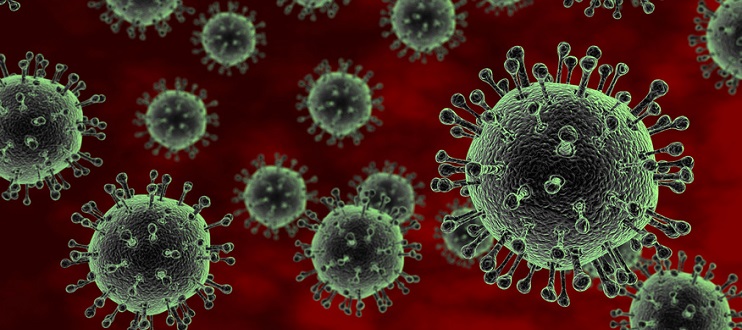

 Back to Suggested Publications
Back to Suggested Publications

This week we suggestan article authored by Professor Miguel O'Ryan, WAidid board member, Rotavirus Vaccines: a story of success with challenges ahead, published in August 2017. You can find the full article here.
Several decades of epidemiological research concluded that rotavirus was, worldwide, the main cause of acute diarrheal disease in children younger than 5 years of age.
Rotavirus vaccine development began soon after rotavirus discovery (which was in 1973), with some key findings: 1) repeated infections were common throughout the first few years of life, but it was the first infection that caused most moderate to severe symptomatic episodes; 2) humans could be infected by different rotavirus serotypes and new serotypes are constantly emerging, because of genetic reassortment; nevertheless, over the last 40 years, fewer than 10 serotypes have been the predominant cause of childhood infections, indicating that only a few are fit to infect the human intestine. The vaccine strategy was based on “heterotypic immunity”, where a single human attenuated strain could confer protection against different serotypes; 3) several humoral biomarkers have been correlated with protection against infection and disease.
The authors reviewed the current licensed vaccines and the main problem related to them.
Currently licensed vaccines
- in 1998 US licensed the first vaccine, RotaShield®, a quadrivalent human-rhesus reassortant vaccine (Wyeth Lederle), which guaranteed protective rates ranging from 70 to 90%, but it was associated with intestinal intussusception.
- RotaTeq®, a multi antigenic component vaccine including five bovine-human reassortant strain, and Rotarix®, a human attenuated single strain, demonstrated a 50–60% efficacy against severe diseases. Neither of the vaccines had an association with intussusception similar to RotaShield® in large clinical trials.
- Subsequently, four additional rotavirus vaccines, similar to RotaTeq® or Rotarix®, have been licensed: Rotavac® and Rotasiil® which are licensed by local manufacturers in India, with phase I–III supporting trials, Lanzhou Lamb vaccine in China, and Rotavin-MI® in Vietnam.
- a neonatal strain (RV3BB), developed by Australian researchers, recently demonstrated a reasonable immune response in a rather small study.
- The only candidate based on an alternative strategy that has reached clinical trials is based on a truncated VP8 subunit protein of the human Wa strain and a tetanus toxoid P2 protein.
As of January 2017, 92 countries have introduced rotavirus vaccines. A dramatic decrease (>80%) in the incidence of severe rotavirus diarrhea has been reported in high-income countries, and a decrease of about 50% has been reported in low-income settings.
Live attenuated rotavirus vaccines have worked well, but their protection levels are not optimal. Efficacy and effectiveness decrease inversely with poverty, because the co-administration of oral polio, more commonly used in developing countries, and rotavirus vaccines reduces the immune response to the latter. Differences in the gut microbiota/microbiome have been proposed as a factor affecting vaccine effectiveness.
The authors concluded that extensive research efforts have led to safe and effective vaccines, which are reducing childhood deaths and suffering, but there are several pending issues, and the next decade should bring new insights, advances, and answers and, most importantly, significantly more children receiving rotavirus vaccines.